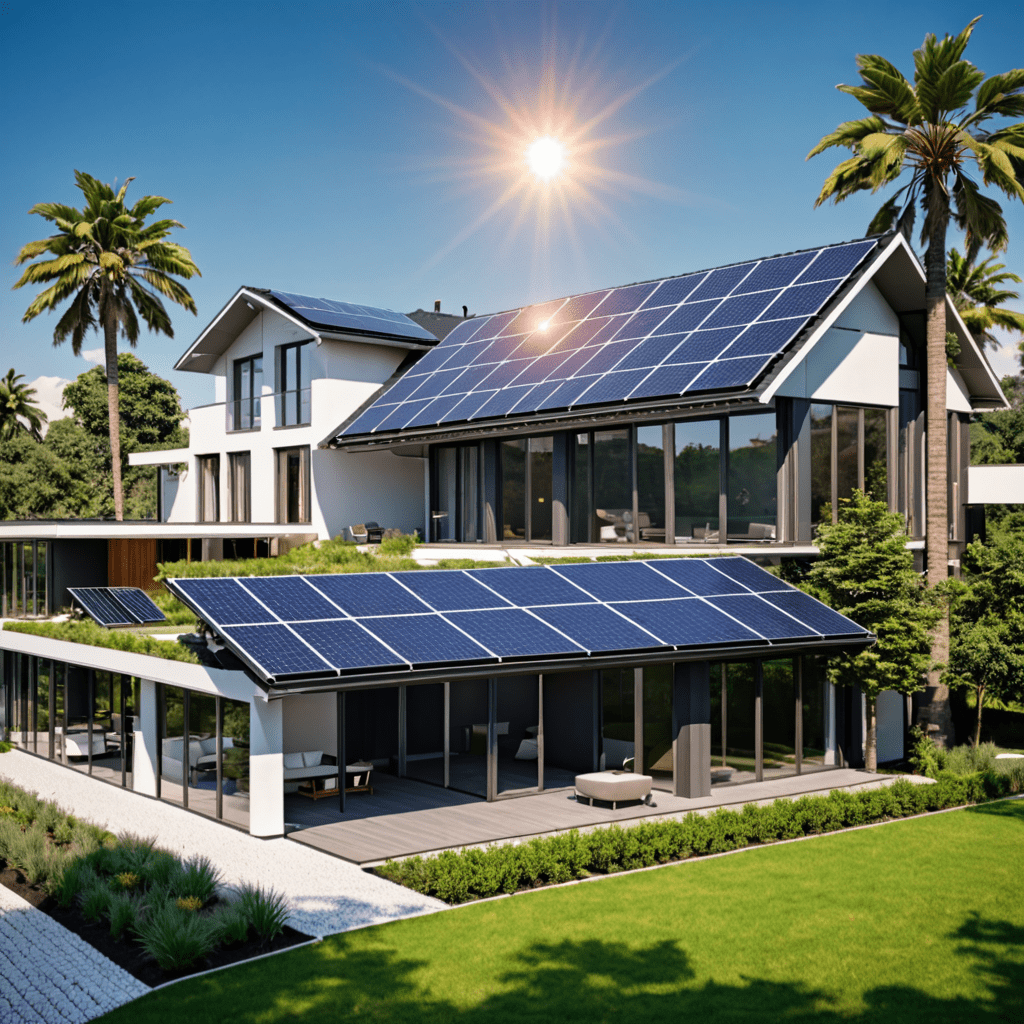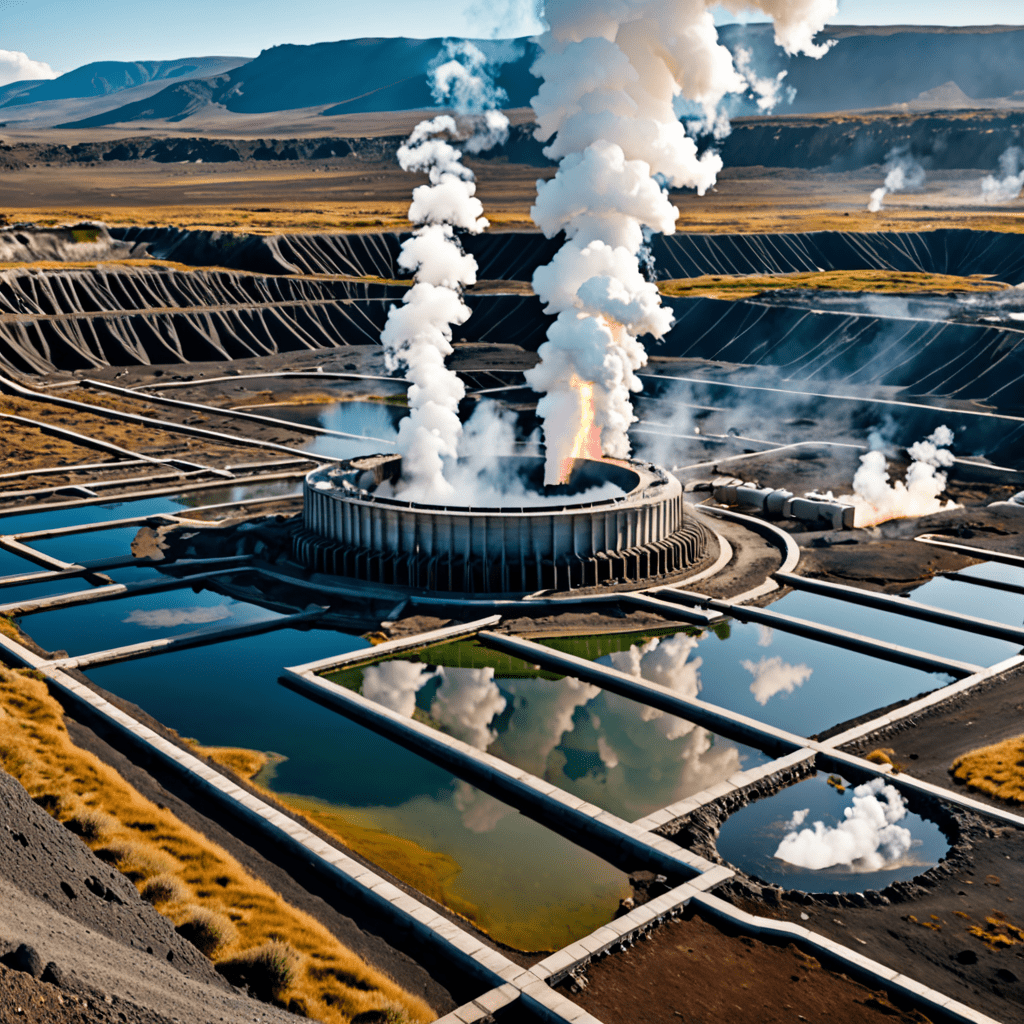Solar Energy Innovations in Building Integration
As the world continues to strive towards sustainable living practices, the integration of solar energy into buildings has emerged as a key solution to reduce carbon footprints and dependence on non-renewable energy sources. Let’s explore some of the latest innovations in this field.
1. Building-Integrated Photovoltaics (BIPV)
Building-Integrated Photovoltaics (BIPV) seamlessly incorporate solar cells into the design of buildings, serving a dual purpose of generating electricity while also acting as a part of the building structure. This innovation not only enhances energy efficiency but also adds to the aesthetic appeal of the structure.
2. Solar Roof Tiles
Solar roof tiles are a discreet yet effective way of integrating solar energy into buildings. These tiles blend in seamlessly with traditional roofing materials while harnessing sunlight to generate electricity. The versatility and efficiency of solar roof tiles make them a popular choice for modern sustainable buildings.
3. Transparent Solar Panels
Transparent solar panels, also known as solar windows, are a groundbreaking innovation that allows natural light to pass through while generating electricity. These panels can be easily integrated into windows, facades, and skylights, offering a perfect balance between aesthetics and functionality.
4. Solar Skin Technology
Solar skin technology involves customizing the appearance of solar panels to match the design elements of the building. By incorporating patterns, colors, and textures, solar panels can seamlessly blend with the building’s exterior, overcoming the traditional notion of bulky, unsightly solar installations.
5. Solar-Powered Ventilation Systems
Solar-powered ventilation systems utilize solar energy to power fans and vents, enhancing airflow and air quality within buildings. These systems not only reduce the reliance on grid electricity but also contribute to creating a more comfortable and sustainable indoor environment.
6. Solar-Integrated Facades
Solar-integrated facades involve the installation of solar panels on the exterior of buildings, serving both as energy generators and protective elements. These facades not only harness solar energy efficiently but also provide insulation and shading, contributing to overall energy savings.
7. Solar Shingles
Solar shingles combine the functionality of traditional roofing materials with solar technology, offering a practical and visually appealing solution for energy generation. By replacing conventional shingles with solar ones, buildings can harness solar power without compromising on aesthetics.
These innovations represent the cutting-edge advancements in the integration of solar energy into building design and construction. By adopting these technologies, buildings can not only reduce their environmental impact but also move towards a more sustainable and energy-efficient future.
What are Solar Energy Innovations in Building Integration?
1. What is building integration of solar energy?
Building integration of solar energy involves incorporating solar technologies seamlessly into the design and structure of buildings. This can include solar panels on roofs, solar tiles, solar windows, and other innovative solutions that blend functionality with aesthetics.
2. How do solar energy innovations benefit buildings?
Solar energy innovations in building integration serve multiple purposes. They can reduce energy costs, decrease carbon footprints, increase property value, and contribute to sustainability efforts. These innovations also enhance the overall energy efficiency of buildings.
3. What are some examples of solar energy innovations in building integration?
Some examples of solar energy innovations in building integration include building-integrated photovoltaics (BIPV), solar shingles, solar windows, solar facades, and solar tracking systems. These technologies harness solar power while complementing the architectural design of the building.
4. How do solar energy innovations impact the environment?
By utilizing solar energy innovations in building integration, properties can significantly reduce their reliance on traditional energy sources, thus lowering greenhouse gas emissions and promoting a cleaner environment. Additionally, these innovations help advance renewable energy adoption on a larger scale.



